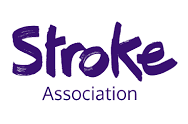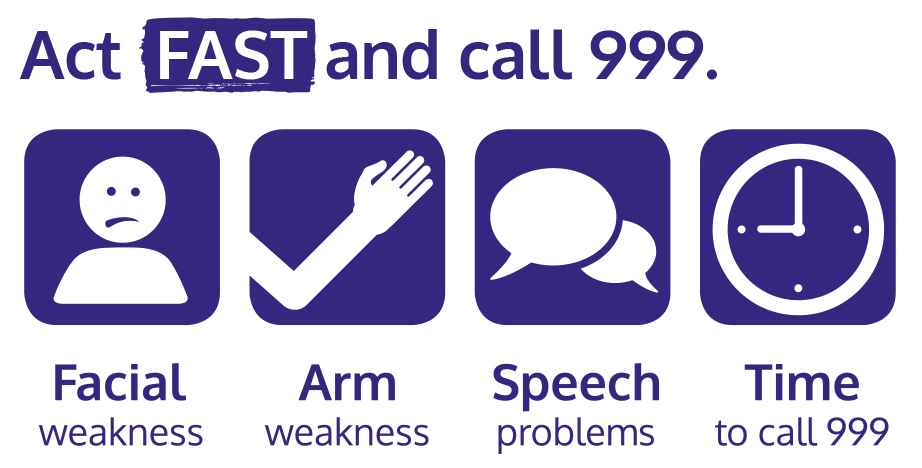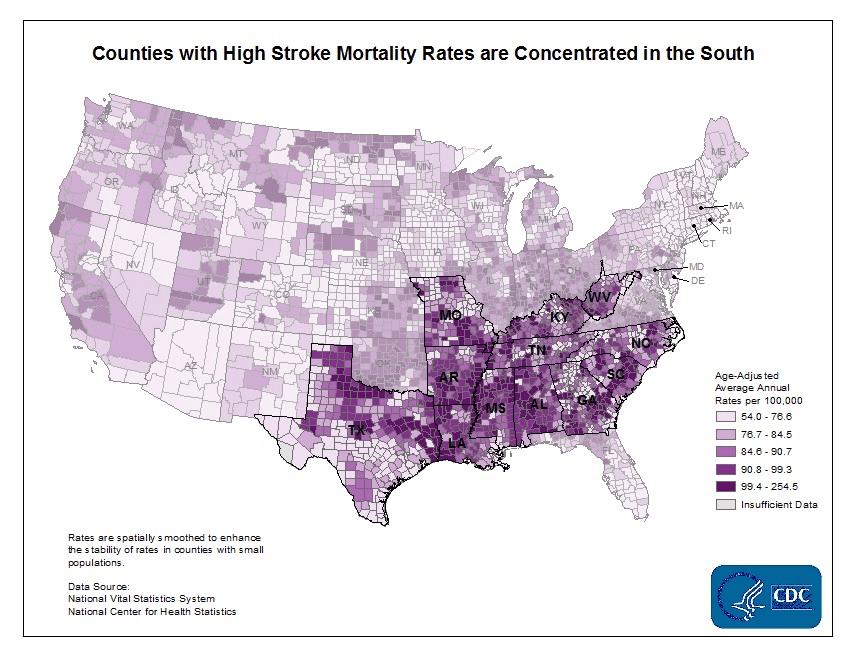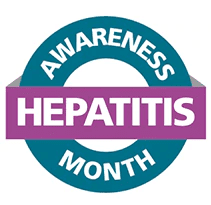Action on Stroke Month | Mental Health Awareness Month| Hepatitis Awareness Month
Innovative Trials are passionate about ensuring our diverse population is adequately represented within medical research. Whether it is wanting to see more people from underrepresented communities choosing science as a career and pushing for greater patient diversity in clinical trials or focusing on what we are doing internally to celebrate and promote equality and diversity.
Throughout 2021, we have made a pledge to share our education and experiences with our clients and colleagues, to ensure inclusivity across the board. Each month we will be releasing communications in line with national and international awareness campaigns.
So far in our Awareness series, we have explored: Women’s Health; diversity in Cancer, Heart Disease and Scleroderma; Ovarian and Prostate Cancer; Autism Acceptance and Ramadan and Bowel Cancer.
In Part One of our May Awareness Blog, our colleague, Vicky Waigwa, will be looking further into Action on Stroke and Hepatitis Awareness, and will explore Mental Health Awareness in Part Two.
Action on Stroke Month
Make May Purple /Action On Stroke Month runs throughout May and is an annual awareness event arranged by the Stroke Association.

This month raises awareness of Strokes and their impact on sufferers and their friends and families as well as educating the general public on the signs and symptoms of strokes, causes of strokes, what happens during a stroke and what to do in the event of someone suffering a stroke. [1]
What is a Stroke?
A stroke is a brain attack which occurs when the blood supply to part of your brain is cut off. It can be caused by:
- A blockage (an ischaemic stroke), or
- A bleed (a hemorrhagic stroke).
Without sufficient blood, and therefore oxygen, your brain cells can become damaged or destroyed.
What are the signs and symptoms?
The main signs of a stroke can be recognised by using the FAST test [2]:

- Facial weakness: the face may have dropped on 1 side, the person may not be able to smile, or their mouth or eye may have dropped.
- Arm weakness: the person with suspected stroke may not be able to lift both arms and maintain this due to weakness or numbness in 1 arm.
- Speech problems: their speech may be slurred or the person may not be able to talk at all despite appearing to be awake; they may also have problems understanding what you’re saying to them.
- Time to call 999: if you see any of these signs.
Other signs include:
- Blurred vision
- Confusion
- Weakness, numbness or paralysis on one side of the body, including hands, legs or feet
- Loss of consciousness
- Dizziness
- Sudden severe headache [3]
Recovery
The injury that a stroke causes to the brain can lead to widespread and long-lasting problems [4].
Although some may recover quickly, many people who have a stroke need long-term support in order to regain as much independence as possible. Some of the problems include:
- Psychological Impact – two of the most common psychological problems that can affect people after a stroke are depression and anxiety.
- Cognitive Impact – one or more cognitive functions can be disrupted by a stroke, including communication, spatial awareness, memory, executive function and concentration
- Motor impact – some may experience weakness or paralysis on one side of the body, which can result in problems with coordination and balance.
- Communication – difficulties with speaking and understanding, as well as reading and writing is often experienced.
Incidence & Diversity 
- Every year, more than 795,000 people in the United States have a stroke. About 610,000 of these are first or new strokes [5]
- Stroke is a leading cause of serious long-term disability. Stroke reduces mobility in more than half of stroke survivors age 65 and over.
- Risk of having a first stroke is nearly twice as high for black people as for white people, and black people have the highest rate of death due to stroke.
- Though stroke death rates have declined for decades among all race/ethnicities, Hispanics have seen an increase in death rates since 2013.
- United States’ highest death rates from stroke are in the South East
Our Experience
Innovative Trials supported a Phase 1b/2 clinical trial study on Acute Ischemic Stroke (AIS) across France, Germany, United Kingdom and United States. This study looked to recruit patients with stroke symptoms onset within 3-8 hours before study drug initiation. Innovative Trials offered Site Optimisation Calls, Visits and Investigator Meetings to enhance collaboration within sites and keep them motivated throughout this challenging study.
Hepatitis Awareness
May is designated as Hepatitis Awareness Month, providing 31 days to raise awareness of viral hepatitis. [6]
Hepatitis is the term used to describe inflammation of the liver. It is usually the result of a viral infection or liver damage caused by drinking alcohol.
Symptoms
Short-term (acute) hepatitis often has no noticeable symptoms, however if symptoms do develop, they can include [7]:
- Muscle and joint pain

- High temperature
- Feeling and being sick
- Fatigue
- Loss of appetite
- Tummy pain
- Dark urine
- Pale, grey-coloured poo
- Itchy skin
- Yellowing of the eyes and skin (jaundice)
There are several different types of Hepatitis:
Hepatitis A – caused by the hepatitis A virus (HAV) is usually caught by consuming food and drink contaminated with the feces of an infected person, and is most common in countries where sanitation is poor. Hepatitis A usually passes within a few months, although it can occasionally be severe and even life threatening.
Hepatitis B – caused by the hepatitis B virus (HBV) is spread in the blood of an infected person. It’s a common infection worldwide and is usually spread from infected pregnant women to their babies, or from child-to-child contact.
Hepatitis C – caused by the hepatitis C virus (HCV) and is the most common type of viral hepatitis in the UK. It is usually spread through blood-to-blood contact with an infected person and most commonly spread through sharing needles used to inject drugs.
It often causes no noticeable symptoms, or only flu-like symptoms, so many people are unaware they’re infected. Around 1 in 4 people will fight off the infection and be free of the virus. In the remaining cases, it will stay in the body for many years.
Hepatitis D – caused by the hepatitis D virus only affects people who are already infected with hepatitis B, as it needs the hepatitis B virus to be able to survive in the body.
It is usually spread through blood-to-blood contact or sexual contact. It’s uncommon in the UK, but is more widespread in other parts of Europe, the Middle East, Africa and South America.
Hepatitis E – is caused by the hepatitis E virus. The number of cases in Europe has increased in recent years and it is now the most common cause of acute hepatitis in the UK. The virus has been mainly associated with the consumption of raw or undercooked pork meat or offal, but also with wild boar meat, venison and shellfish.
Incidence & Diversity
- Approximately 2.3 billion globally are infected with one or more of the hepatitis viruses. [8]
- Viral hepatitis results in around 1.4 million deaths each year, HBV and HCV are responsible for about 90% of these fatalities, whilst the remaining 10% of fatalities are caused by other hepatitis viruses
- In the United States, black people have a higher prevalence of HBV disease than Hispanics or white people. In addition, more cases of chronic HBV disease occur in males than in females. [9]
- The rate of positive HCV antibodies was found to be higher in blacks than in whites (3.2% versus 1.5%). Black men had higher rates of infection, and the highest prevalence rate was 9.8% among black men ages 40 to 49 years. [10]
Worldwide, 290 million people are living with viral hepatitis unaware. Without finding the undiagnosed and linking them to care, millions will continue to suffer, and lives will be lost [11].
References
- [1] Make May Purple /Action On Stroke Month 2021. https://www.awarenessdays.com/awareness-days-calendar/make-may-purple-action-on-stroke-month-2021/
- [2] NHS: Stroke – Overview. https://www.nhs.uk/conditions/stroke/?gclid=Cj0KCQjw4ImEBhDFARIsAGOTMj-sedG_jBgxkG7iNuOC8-bCTS4TxYWoxh-aJz87gQJ0-K6E7lS-gU4aAr2eEALw_wcB&gclsrc=aw.ds
- [3] Make May Purple Stroke Awareness Month. https://www.thegoodcaregroup.com/news/make-may-purple-stroke-awareness-month/
- [4] NHS: Stroke – Recovery. https://www.nhs.uk/conditions/stroke/recovery/
- [5] Stroke Facts. https://www.cdc.gov/stroke/data-research/facts-stats/?CDC_AAref_Val=https://www.cdc.gov/stroke/facts.htm
- [6] Hepatitis Awareness Month. https://www.hhs.gov/hepatitis/awareness-months-and-days/hepatitis-awareness-month-may/index.html#:~:text=May%20is%20designated%20as%20Hepatitis,hepatitis%20in%20the%20United%20States.
- [7] Hepatitis NHS.UK. https://www.nhs.uk/conditions/hepatitis/
- [8] Update on global epidemiology of viral hepatitis and preventive strategies. https://www.ncbi.nlm.nih.gov/pmc/articles/PMC6232563/#:~:text=About%202.3%20billion%20people%20of,viruses%5B6%2C7%5D
- [9] What are the race- and sex-related demographics of hepatitis B (HBV) (Hep B) disease? https://www.medscape.com/answers/177632-76737/what-are-the-race–and-sex-related-demographics-of-hepatitis-b-hbv-hep-b-disease
- [10] A Systematic Review of Race and Ethnicity in Hepatitis C Clinical Trial Enrolment. https://www.ncbi.nlm.nih.gov/pmc/articles/PMC5857937/
- [11] World Hepatitis Day – 2021. https://www.worldhepatitisday.org/#about-world-hepatitis-day-
Equality, Diversity and Inclusion continues to be high on our agenda. We are working behind the scenes to push this forward. Keep your eyes peeled for more.
Find out how we’re working with clients to ensure greater patient diversity in clinical trials.


